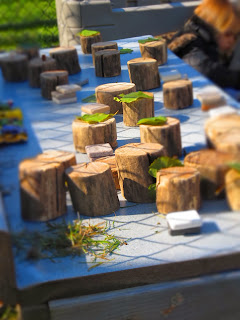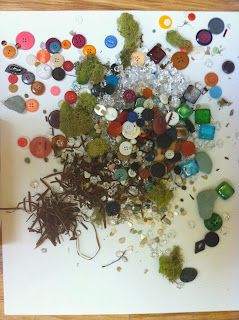The Compass School follows the Reggio Emilia learning philosophy. This approach to learning was born in Reggio Emilia,
Italy after World War II by Loris Malaguzzi. As the founder of the philosophy,
Malaguzzi is an inspiration to our school and those within it.
Our philosophy revolves around a singular poem written by
Malaguzzi titled The Hundred Languages. We are sharing it in hopes that you
find it as inspirational as we do:
The Hundred Languages
The child is made on one hundred.
The child has
a hundred languages
a hundred hands
a hundred thoughts
a hundred ways of thinking
of playing, of speaking.
A hundred.
Always a hundred
ways of listening
of marveling, of loving
a hundred joys
for singing and understanding
a hundred worlds
to discover
a hundred worlds
to invent
a hundred worlds
to dream.
The child has
a hundred languages
(and a hundred hundred hundred more)
but the steal ninety-nine.
The school and culture
separate the head from the body.
They tell the child:
to think without hands
to do without the head
to listen and not to speak
to understand without joy
to love and to marvel
only at Easter and Christmas.
They tell the child:
to discover a world already there
and of the hundred
they steal ninety-nine.
They tell the child:
that work and play
reality and fantasy
science and imagination
sky and earth
reason and dream
are things
that do not belong together.
And thus they tell the child
that the hundred is not there.
The child says:
No way. The hundred is there.
-Loris Malaguzzi
Founder of the Reggio Emilia Approach




















































